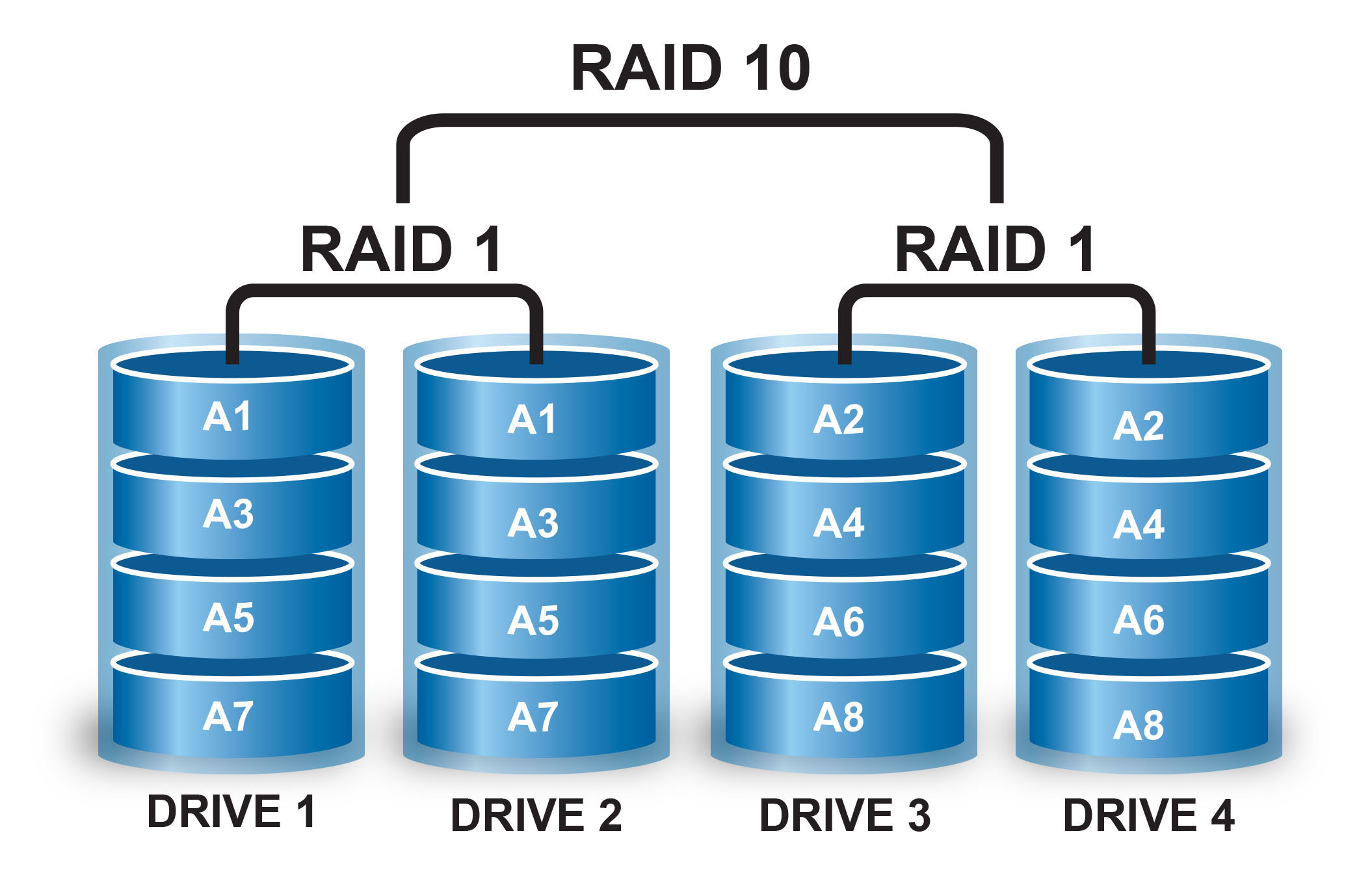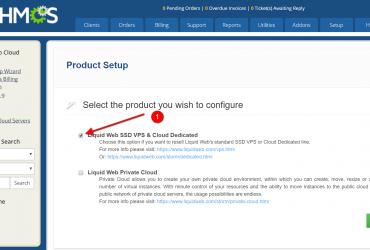Losing data is a dreadful experience that every website owner detests. Since we are heavily dependent on documents and files in today’s world, we need to take extra steps to protect them. Your documents are crucial to your business. They need to be protected, organized and shared in such a way that your team will be able to collaborate and use data efficiently. Why you should use Raid 10, we will explain it in this article.
What Is RAID?
RAID stands for Redundant Array of Independent Disks. It is a means of putting information in storage on different hard disks. This way it can perform better and be adequately safe. The methods of storage are many with levels having numbers from 0 to 9. However, it is possible to combine two levels in order to get the best result. And that is the essence of RAID 10 which is the combination of levels 1 and 0. Level 1 is known as mirroring while level 0 is called as striping.
Mirroring is all about writing the same data into 2 or more hard disks simultaneously. If one fails, the data is preserved through the mirrored image from the failed disk. Striping involves the breaking down of data into pieces which are written to various disks in succession. This helps in boosting performance since your system can get access to data from different disks at the same time. It is important for you to note that striping has no ability to offer redundancy in order to give protection to your data and that is why it is named 0.
The Advantages Of RAID 10
Raid 10 advantages come from the combination of two levels of storage that makes RAID 10 to be fast and flexible. In order to get hardware-level security for your information as well as speedy performance, RAID is the cost-effective option. It is secure since there is a duplication of every bit of your data through mirroring. In addition, it has a speedy execution because it uses additional disks for striping data. And it can be read from those multiple disks at the same time. To implement RAID 10 successfully, it requires a minimum of 4 physical drives and the disk controller must support RAID.
RAID Is Not Backup
It is worthy of note that RAID is not a backup system even though it writes data into multiple disks at the same time. If your data gets corrupted through your software or operating system, it will affect the two or multiple disks which will lead to the corruption of the disks. As a result of this, you will still need a solid backup software in which case the backup data is stored in a detached storage space from the original. Backup data cannot be corrupted unless you add corrupted data into your backup.
RAID 10 gives you protection against single drive collapse. As the mirror works can rebuild the collapsed disk after it is replaced. In addition, RAID 10 redundancy divides your disk space so that only half can be used. Because the whole thing is mirrored which means that two 2TB HDD in a RAID 10 configuration will have an aggregate capacity 2TB of usable space instead of 4TB.
What Is The Difference Between RAID 5 and RAID 10
The major dissimilarity between RAID 5 and 10 revolves around the way risks are handled. RAID 10 will only work if out of the 4 disks at least 2 survive. If a drive fails in RAID 5, it will have to read every data on the remaining drives to recreate the lost data. It is also essential to use identical disks when designing any RAID configuration in order to get the best results.
Conclusion
You can’t deny the importance of RAID 10 configuration for web hosting. It ensures that your data is safe so that your online presence can be stable and headache-free.
IntellyHost always uses the latest technologies in our SSD Shared Hosting and SSD Reseller Hosting packages and that includes the Raid10 server configuration.
 Advantages Of Unlimited Web Hosting
Advantages Of Unlimited Web Hosting






Comments (0)